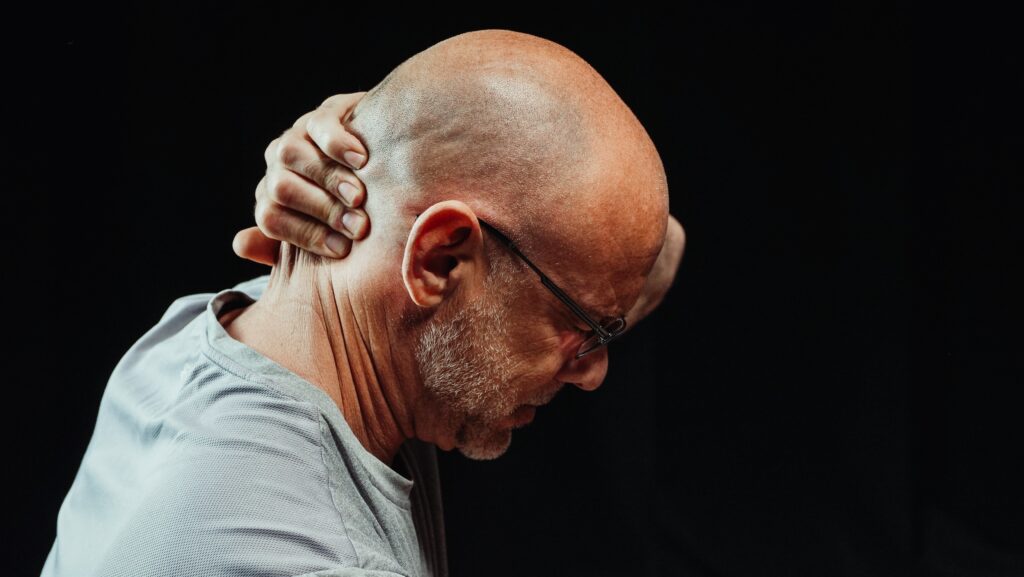Regaining a Normal Life: The Benefits of Physical Therapy for Neck Myelopathy
Introduction
Physical therapy aims to alleviate pain and restore mobility and strength. Typically, it is advised for those who have suffered a physical injury or condition that affects the musculoskeletal system. Additionally, physical therapy can be employed to help individuals suffering from conditions like stable neck myelopathy, caused by compression of the spinal cord. If left unaddressed, it can lead to long-term disability, significantly hampering one’s quality of life. However, through physical therapy, individuals with this condition can significantly improve their symptoms and increase their overall function.
Physical therapy follows a tailored approach to healing that relies on stretching, massage, and exercise to mitigate pain and enhance strength and flexibility. It empowers patients with the skills to effectively manage their physical condition, improving their quality of life. In addition, physical therapy assists individuals to regain confidence and be independent, enabling them to participate in day-to-day activities without limitations. Hence, physical therapy is a powerful tool for those who desire to improve their physical condition and overall function.
What to Expect at Physical Therapy
When starting physical therapy for stable neck myelopathy, an initial assessment is necessary to gauge the condition’s severity and develop a personalized treatment plan. During this assessment, the physical therapist will consider factors such as medical history, current symptoms, range of motion, motor skills, balance, coordination, posture habits, and lifestyle habits to determine how to best and most effectively treat the individual’s condition.
Once the patient’s case intensity is determined and treatment goals set, physical therapy sessions commence. These sessions will utilize various techniques such as manual stretching or massage techniques aimed to reduce muscle tension and spasms. Posture habits and activities causing strain on muscles or joints may be modified or improved based on professional advice. Moreover, the therapist may counsel on lifestyle changes to benefit individuals with neck myelopathy.
Together, these methods improve the patient’s chances of achieving full recovery and a comfortable, healthy life.
What Types of Exercises You Might Do
Physical therapists will typically assign exercises that are designed specifically for each individual so they can gain better control over their movements and increase strength in weakened areas. These exercises might include:
- Strengthening Exercises – these focus on building up strength in weakened muscles within your upper back and shoulders
- Core stability exercises – this help strengthen postural muscles so you maintain proper posture even when sitting or standing
- Balance exercises – this help improve balance while standing which prevents falls due to instability
How Long Recovery Takes
Recovery from stable neck myelopathy varies depending on the severity of the individual’s condition. It can take several weeks or even months to see improvement in symptoms. During this time, it is important to stick with physical therapy sessions and any other recommended treatments in order to achieve optimal results. Additionally, patients should be mindful of their posture habits and lifestyle changes they have made as part of their treatment plan in order to ensure their recovery remains on track.
Conclusion
Physical therapy is a great option for people suffering from stable neck myelopathy due to its various benefits, which can help improve muscle strength, flexibility, balance, and overall function around the neck area. With the right care and attention, individuals who suffer from this condition can go on to lead a normal life with minimal pain and discomfort.
Research
Boyce RH, Wang JC. Evaluation of neck pain, radiculopathy, and myelopathy: imaging, conservative treatment, and surgical indications. Instr Course Lect. 2003;52:489-495.

